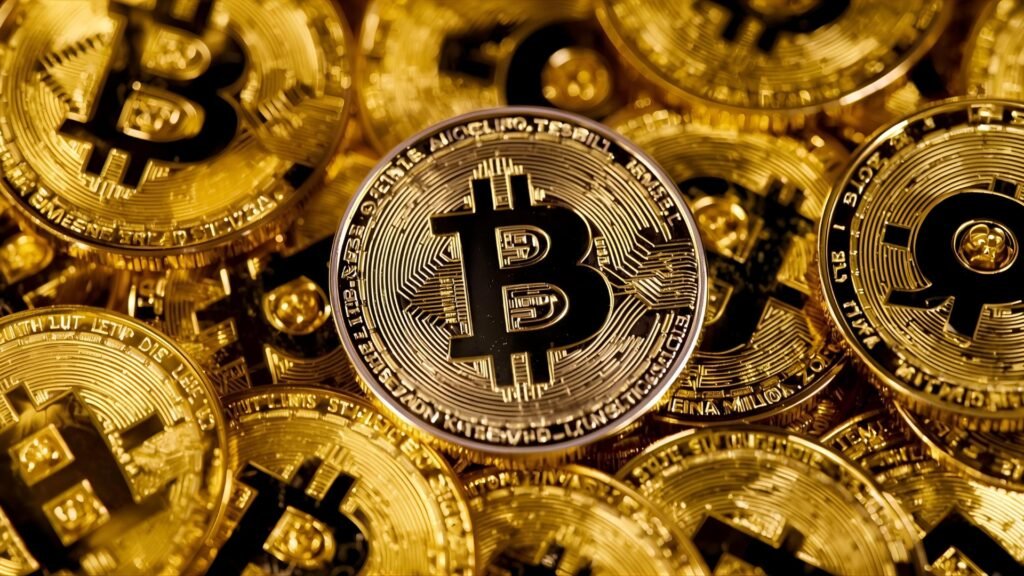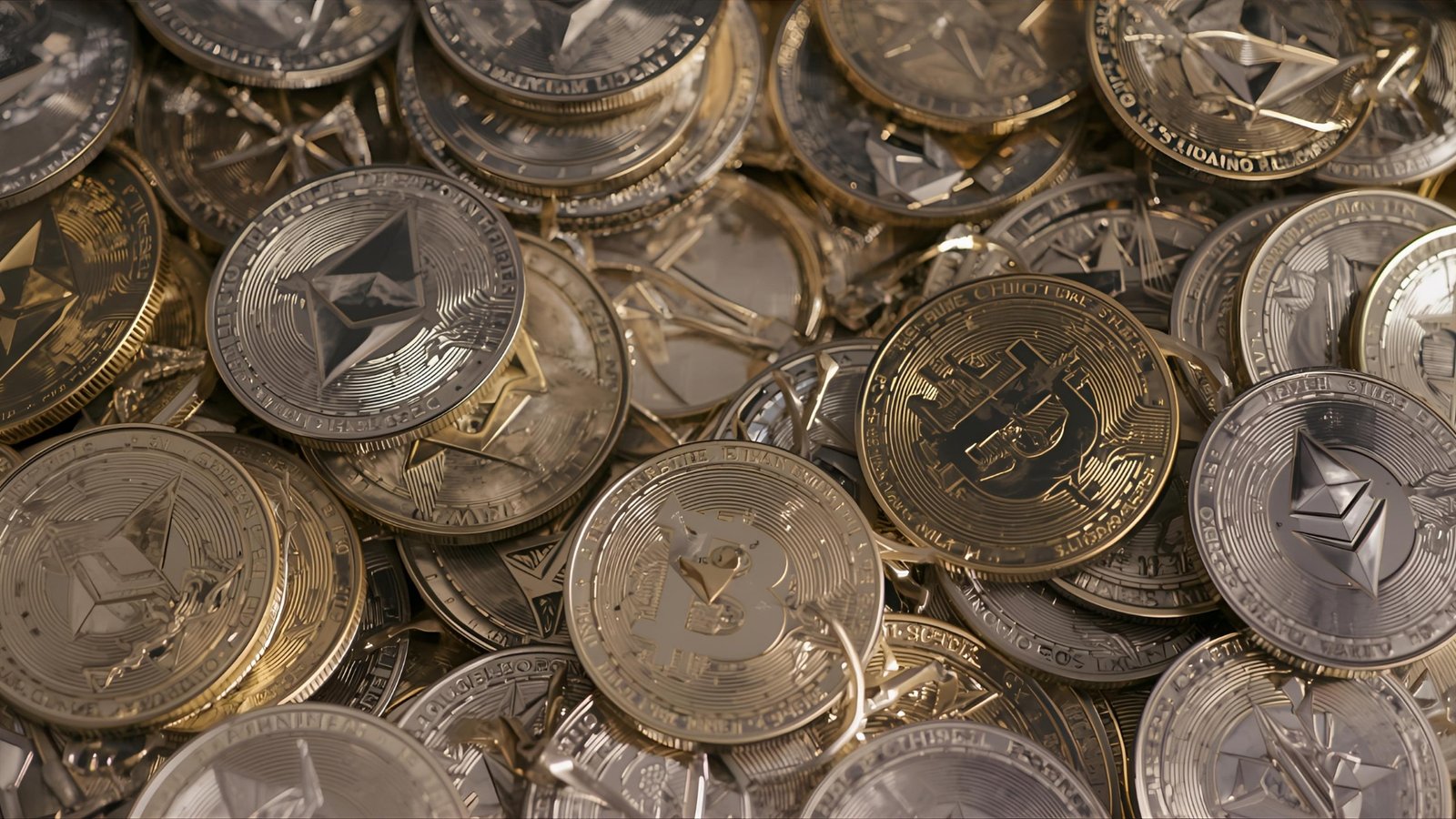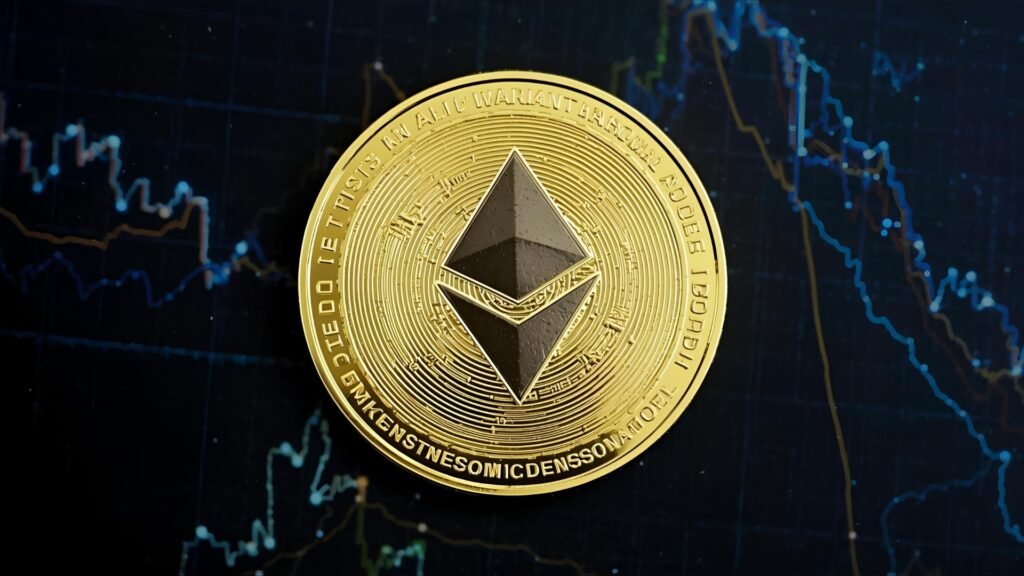BitMine Immersion Technologies has strategically acquired $417 million worth of Ethereum (ETH) during a recent market downturn. This acquisition marks one of the largest single Ethereum purchases by a private crypto-focused entity in 2025. The timing is particularly significant, as Ethereum’s price had dipped nearly 20% from its yearly peak, providing an optimal entry point for long-term investors seeking to accumulate at discounted levels.
BitMine’s aggressive expansion into BitMine Buys $417M in Ethereum: Ethereum accumulation signals more than just market timing — it represents a calculated pivot toward blockchain diversification, DeFi growth, and next-generation computing. As competitors like Bit Digital and MicroStrategy make parallel moves in digital assets, BitMine’s latest investment places it at the forefront of institutional crypto adoption.
BitMine’s Strategic $417 Million Ethereum Acquisition
BitMine Buys $417M in Ethereum. BitMine’s decision to deploy nearly half a billion dollars into Ethereum wasn’t impulsive. Reports indicate that the firm purchased over 200,000 ETH in multiple tranches over several days, strategically executing the buy orders to minimize market impact. This “buy-the-dip” approach aligns with the company’s established pattern of capitalizing on bearish sentiment to build substantial crypto reserves.
The purchase came as the broader cryptocurrency market experienced a short-term correction driven by macroeconomic uncertainty, including renewed interest rate concerns and declining risk appetite. For BitMine, however, these dips are buying opportunities — moments when others retreat, and the company doubles down.
BitMine’s Ethereum holdings are now estimated to exceed 2.6 million ETH, worth over $9 billion, cementing its position as one of the largest non-custodial Ethereum holders globally.
Why Ethereum — Not Just Bitcoin — Is BitMine’s Focus
Ethereum’s Expanding Ecosystem
While Bitcoin remains the flagship digital asset, Ethereum has become the cornerstone of decentralized finance (DeFi) and smart contract innovation. With over $50 billion locked across decentralized protocols, Ethereum continues to dominate Web3, NFTs, and decentralized computing. BitMine’s shift from a Bitcoin-heavy strategy toward Ethereum highlights its recognition of utility-driven blockchain value rather than speculative price action alone.
Transition to Proof-of-Stake (PoS)
Since Ethereum’s Merge upgrade, the network’s shift to a Proof-of-Stake consensus mechanism has drastically reduced energy consumption by over 99%. This aligns perfectly with BitMine’s sustainability goals as an immersion technology and green-mining company. Holding and staking ETH allows BitMine to generate passive yield — often between 3%–5% annually — while supporting network validation.
Institutional Integration and Tokenization
Another driving force behind BitMine’s Ethereum acquisition is the ongoing institutional adoption of tokenized assets. Global banks and fintech firms are rapidly adopting Ethereum-based protocols to tokenize real-world assets like bonds, carbon credits, and real estate. BitMine’s leadership recognizes Ethereum as the infrastructure backbone for tokenized economies, making it a long-term store of technological and financial value.
Tom Lee’s Influence and the Vision Behind BitMine’s Moves
BitMine’s co-founder and chief strategist, Tom Lee, a well-known Wall Street analyst and Fundstrat co-founder, has been vocal about Ethereum’s undervaluation. In recent interviews, Lee emphasized that Ethereum remains “massively underpriced” relative to its utility, staking yield, and long-term adoption potential.
His analysis suggests that Ethereum could outpace Bitcoin in risk-adjusted returns over the next five years, driven by institutional staking, real-world tokenization, and regulatory clarity in the U.S. and Europe. Under Lee’s leadership, BitMine has consistently pursued a disciplined accumulation strategy, often purchasing during dips and consolidating during market rallies — a pattern that has significantly boosted its asset base.
Market Conditions That Fueled the Opportunity
Crypto Market Correction and Fear Index
The $417 million Ethereum buy coincided with a broader market correction phase in early October 2025, when ETH prices retraced from $4,050 to around $3,200. The Crypto Fear and Greed Index dropped to a “fear” level of 37, reflecting bearish investor sentiment. For BitMine, however, this was an ideal accumulation window.
Institutional Outflows and Retail Panic
While retail investors sold off in fear, institutional data from CoinShares and Glassnode indicated that major funds had withdrawn over $400 million from crypto ETFs in the same week. BitMine’s contrarian move — buying when institutions were exiting — signals deep market conviction and sophisticated capital management.
Macroeconomic Catalysts
The global backdrop of inflation moderation and interest rate stability also provided an ideal environment for accumulation. With the Federal Reserve signaling a potential rate pause, liquidity began returning to risk assets. BitMine capitalized on this transitional moment to reinforce its long-term Ethereum position before the next major bullish phase.
How the $417 Million Investment Strengthens BitMine’s Position
Enhancing the Ethereum Treasury
The latest purchase brings BitMine’s total Ethereum treasury valuation to approximately $9.2 billion, surpassing many institutional crypto funds and public companies. This places BitMine in a similar strategic tier as entities like Grayscale, MicroStrategy, and BlackRock’s spot ETF holdings.
Expanding Staking Operations
BitMine has allocated a significant portion of its Ethereum holdings to staking pools and node infrastructure. With its proprietary immersion cooling technology, BitMine can efficiently operate validator nodes, earning a consistent yield while maintaining energy efficiency.
Diversification Beyond Bitcoin
Historically, BitMine focused on Bitcoin mining and accumulation, but with Bitcoin’s block reward halving approaching and network competition intensifying, the company has diversified into Ethereum, Solana, and AI-integrated blockchain projects. This ensures sustainable revenue streams across multiple sectors of the crypto economy.
Ethereum’s Role in the Next Bull Cycle
ETH as the “New Institutional Standard”
Market analysts increasingly view Ethereum as the core infrastructure for digital asset settlement, akin to the internet’s TCP/IP layer for Web3. BitMine’s bet on Ethereum underscores its belief that institutional demand for staking and DeFi liquidity will drive ETH’s next price expansion.
The Supply-Side Shock
Since the introduction of EIP-1559’s burn mechanism, Ethereum’s supply has turned deflationary, with over 4.6 million ETH permanently removed from circulation. As staking locks away even more ETH, the liquid supply is shrinking — a condition that historically precedes sharp price rallies.
Smart Contracts and AI Integration
BitMine’s long-term Ethereum thesis also involves AI-driven smart contract management, a field where decentralized computation meets machine learning. This convergence could redefine how autonomous systems manage transactions and data ownership — areas where BitMine is actively investing.
Industry Reactions and Analyst Opinions
The crypto community’s response to BitMine’s move has been overwhelmingly positive. Analysts at Bloomberg, Cointelegraph, and 24/7 Wall St. describe it as a “vote of confidence” in Ethereum’s long-term dominance. Institutional sentiment appears to be shifting from speculative trading to strategic accumulation of ETH as a productive asset.
Meanwhile, competing firms like Bit Digital and Marathon Digital Holdings are rumored to be planning similar acquisitions to avoid being left behind in the “Ethereum race.” As the industry transitions from mining to staking economics, BitMine’s early positioning offers a formidable advantage.
Impact on Ethereum’s Price and Market Dynamics
BitMine’s $417 million purchase added significant upward pressure on Ethereum’s mid-term price trajectory. Following the announcement, ETH briefly surged by 5%, with trading volumes spiking across centralized exchanges. While short-term corrections are expected, the psychological impact of institutional buying often leads to a sustained upward channel in subsequent weeks.
Moreover, this buy reinforces market confidence amid volatility, reducing panic among retail holders and potentially attracting fresh inflows from hedge funds and ETFs. Analysts predict that if similar institutional acquisitions continue, Ethereum could challenge its previous all-time high sooner than expected.
BitMine’s Broader Strategic Vision
BitMine is not merely collecting Ethereum for speculative gains; it’s executing a comprehensive blockchain integration strategy. The company is expanding its presence across multiple layers of the ecosystem — from validator node operations and DeFi participation to research in decentralized AI models.
BitMine Buys $417M in Ethereum: By leveraging its immersion cooling infrastructure, BitMine minimizes operational costs while maintaining scalable computational efficiency. BitMine Buys $417M in Ethereum: This makes it a key player in both green mining and sustainable blockchain validation, BitMine Buys $417M in Ethereum: aligning with global ESG investment trends.
Future Outlook: BitMine and the Institutionalization of Ethereum
The implications of BitMine’s $417 million Ethereum acquisition extend beyond its balance sheet. It’s part of a broader narrative — the institutionalization of Ethereum as a financial asset. BitMine Buys $417M in Ethereum: As regulatory frameworks mature in the U.S., Europe, and Asia, Ethereum’s use cases are expanding from DeFi to traditional finance.
Banks, governments, Buys $417M in Ethereum: and tech conglomerates are increasingly integrating Ethereum-based infrastructure for settlement, asset issuance, and compliance tracking. BitMine’s massive holdings position it as both a stakeholder and influencer BitMine Buys $417M in Ethereum: in how this new financial architecture evolves.
Conclusion
BitMine’s $417 million Ethereum acquisition represents a defining moment in the ongoing evolution of institutional crypto investment. BitMine Buys $417M in Ethereum: By seizing the market dip, the company demonstrated not just opportunism but strategic foresight — betting on Ethereum’s technological strength, deflationary economics, and growing institutional demand.
As the next bull cycle approaches, BitMine Buys $417M in Ethereum: BitMine’s decision to prioritize Ethereum solidifies its reputation as a forward-thinking digital asset leader. BitMine Buys $417M in Ethereum: The company’s actions could inspire a wave of similar institutional purchases, BitMine Buys $417M in Ethereum: accelerating Ethereum’s path toward becoming the cornerstone of decentralized finance and digital economies worldwide.
FAQs
Q: Why did BitMine invest $417 million in Ethereum?
BitMine capitalized on a market dip to acquire Ethereum at discounted prices. BitMine Buys $417M in Ethereum: aligning with its long-term strategy to expand its BitMine Buys $417M in Ethereum: blockchain portfolio and stake in the Ethereum network.
Q: How many Ethereum tokens did BitMine purchase?
The company reportedly acquired over 200,000 ETH tokens. BitMine Buys $417M in Ethereum: executed through a series of purchases during the dip to avoid disrupting market liquidity.
Q: How will BitMine use its Ethereum holdings?
A significant portion of BitMine’s Ethereum will be allocated to staking, BitMine Buys $417M in Ethereum: validator operations, BitMine Buys $417M in Ethereum: and decentralized finance (DeFi) participation, generating a steady on-chain yield.
Q: Is BitMine shifting away from Bitcoin?
While Bitcoin remains part of BitMine’s treasury, BitMine Buys $417M in Ethereum: the company is diversifying into Ethereum and other blockchain assets to reduce volatility and capture growth in emerging crypto sectors.
Q: What does this mean for Ethereum’s future price?
Large institutional buys like BitMine’s reduce circulating supply and boost confidence. BitMine Buys $417M in Ethereum: potentially setting the stage for Ethereum’s next major price rally as demand rises.



